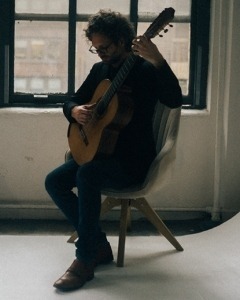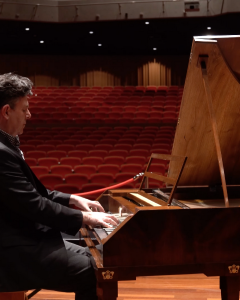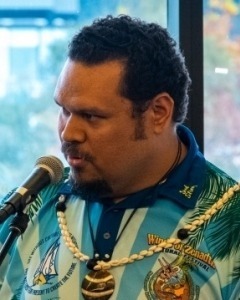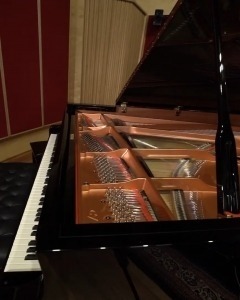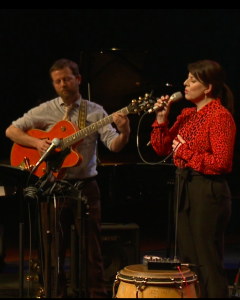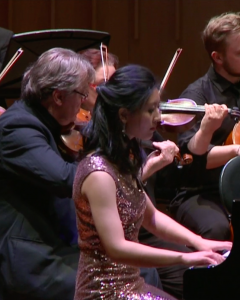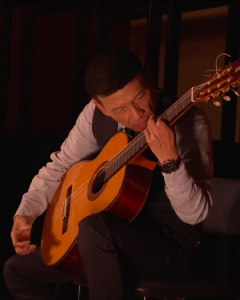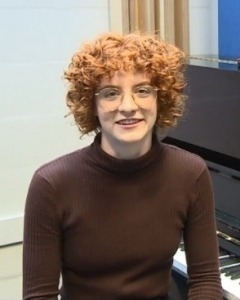Henrion
Provenance
Square Pianoforte
Henri Henrion (Saarland, c. 1770)
Instrument
Collection
Henri Henrion (1743–1807) was active in the Saar region of Alsace as a keyboard instrument builder before he was swept into political life during the French revolution. A number of his instruments survive, but this piano is believed to be one of only two of this type and age in Australia, and is a significant historical asset to the collection.
The reverse keyboard of ebony naturals, inlaid keyfronts, and ivory-slipped accidentals has the standard five-octave FF–f´´´ compass. The mechanism of the piano is an early example of the native German Prellmechanik (‘flipping’) action without escapement. Pianos of this type have been dated from Berne in the 1760s, while this particular instrument is likely to be a little later. By the 1780s, the Stossmechanik (‘pushing’) action of the English square piano had largely superseded this simple design.
The piano has four knee levers, known as ‘mutations’, which vary the sound. The usual damper lifter is operated by the right knee. Three other levers are intended to be operated by the left knee. From left to right, these are the moderator (which softens the attack of the note by interposing a thin leather tab between each hammer and its strings); the harp stop (which creates a softer sound by lightly touching a cloth fringe on the strings near the bridge); and the buff stop (which produces a pizzicato sound by pressing a strip of leather against the underside of the strings at the nut).
The instrument had been extensively modified in the late 19th century with a new soundboard, iron reinforcements, and heavy stringing, and many parts still show considerable worm damage. It was purchased from a European dealer by Dr Andrew Nolan, who prior to its donation to the School of Music in 2009, undertook work including reconstruction of the soundboard and wrestplank, and reproducing the missing damper rack based on detail in Dom Bedos’s L’art du facteur d’orgues (1766).
Further additions were made to the piano by Gavin Gostelow, including reinstatement of the knee levers and necessary trapwork for the mutation stops.
Pitch: A415






